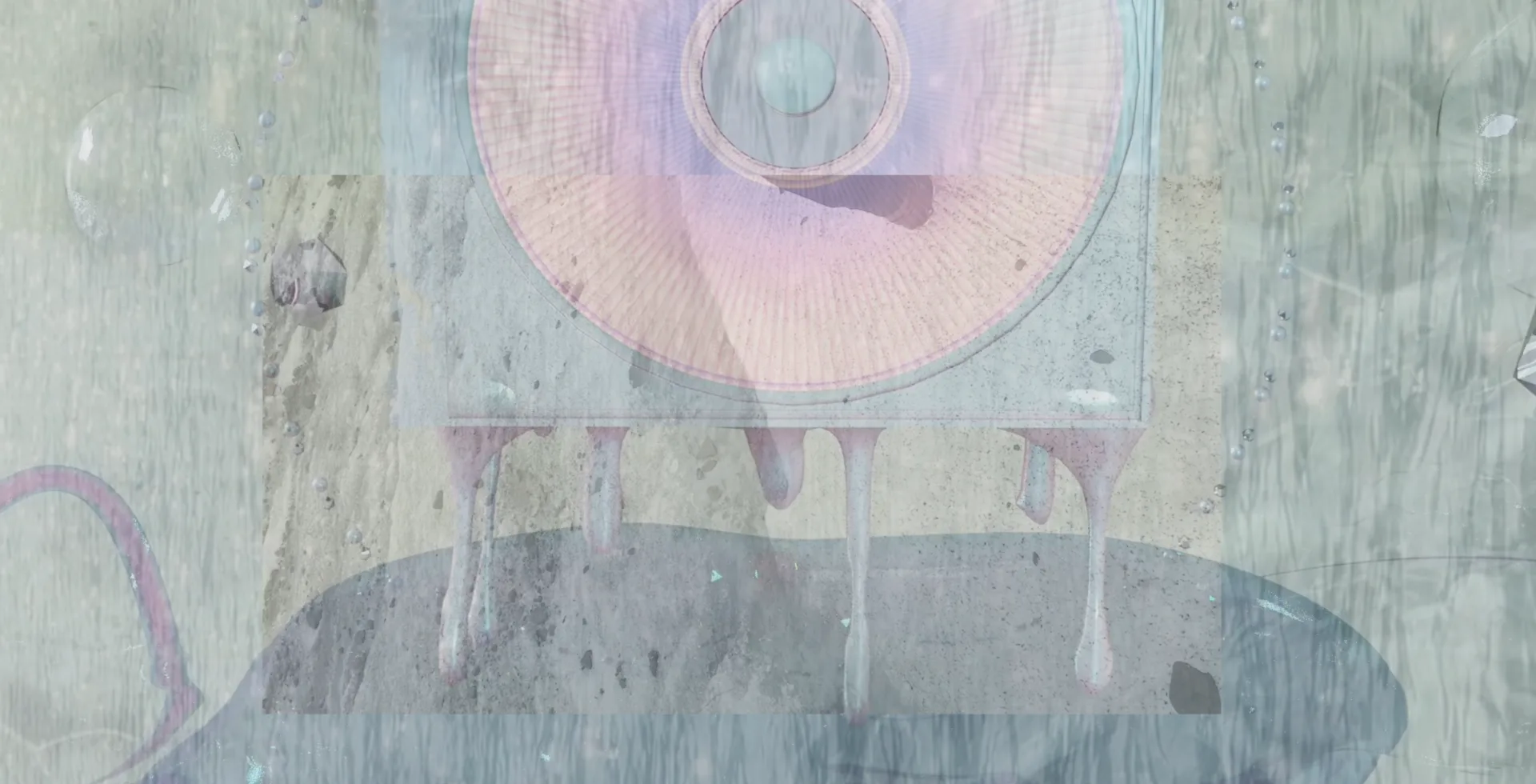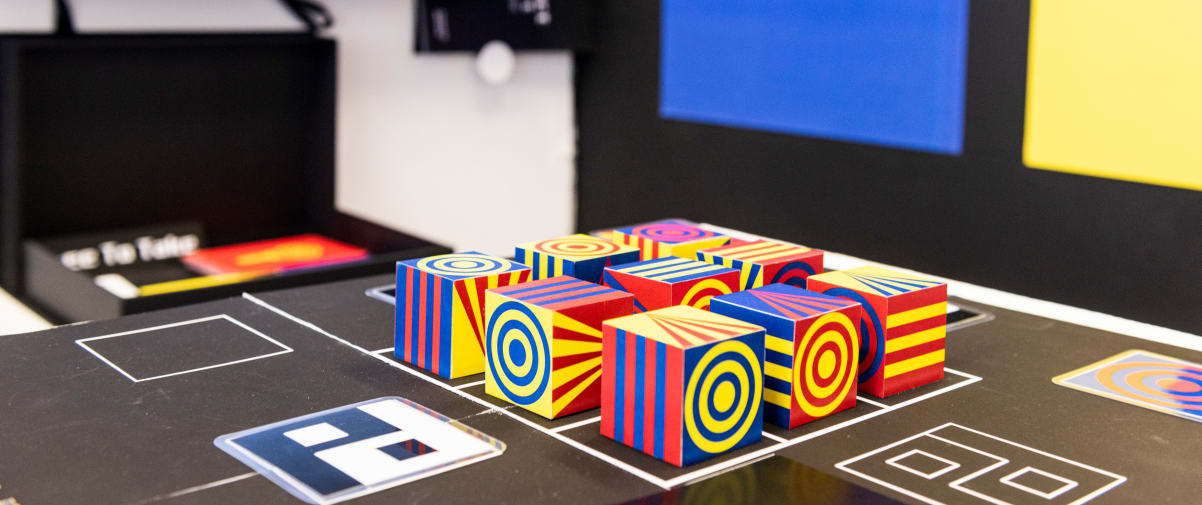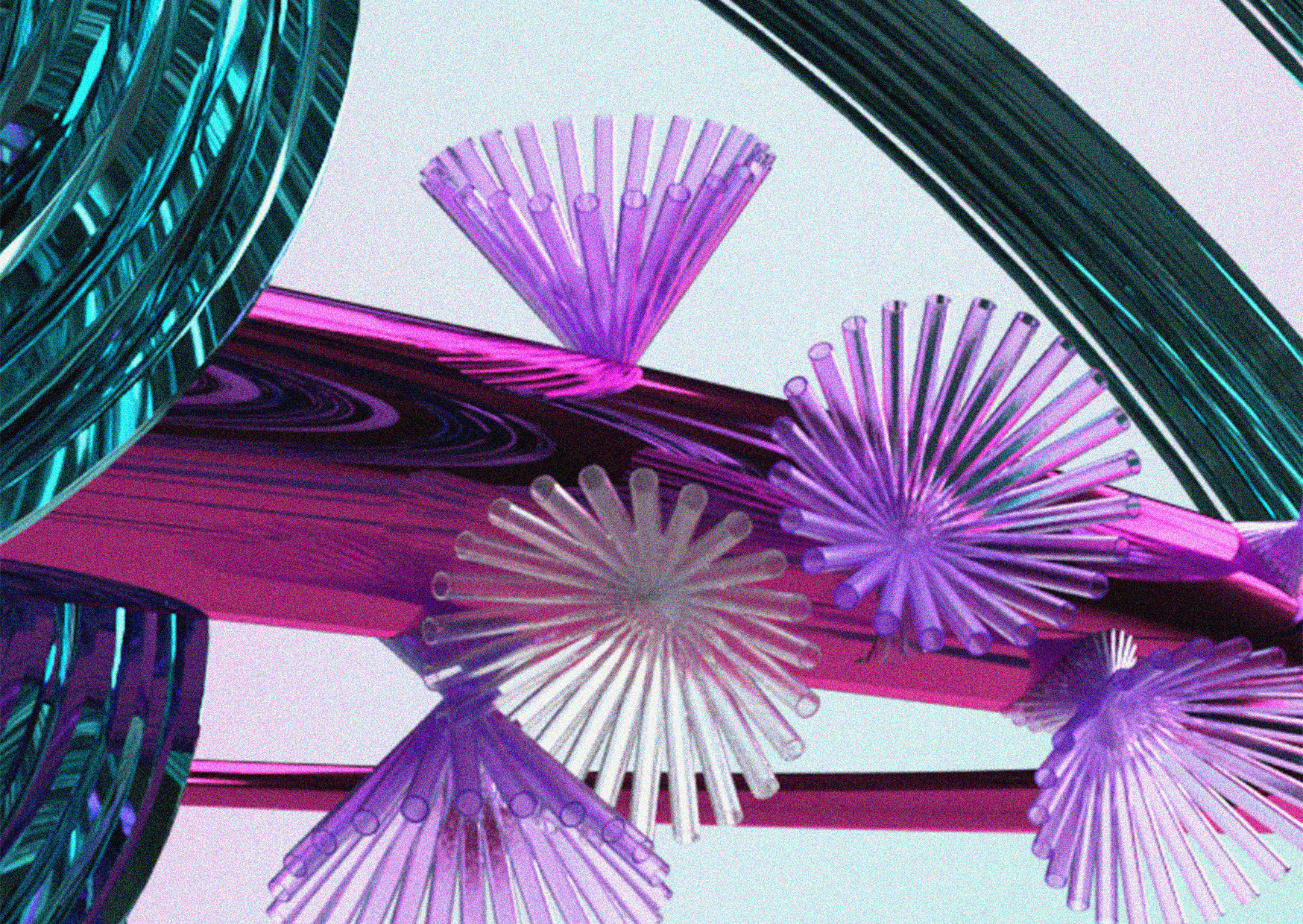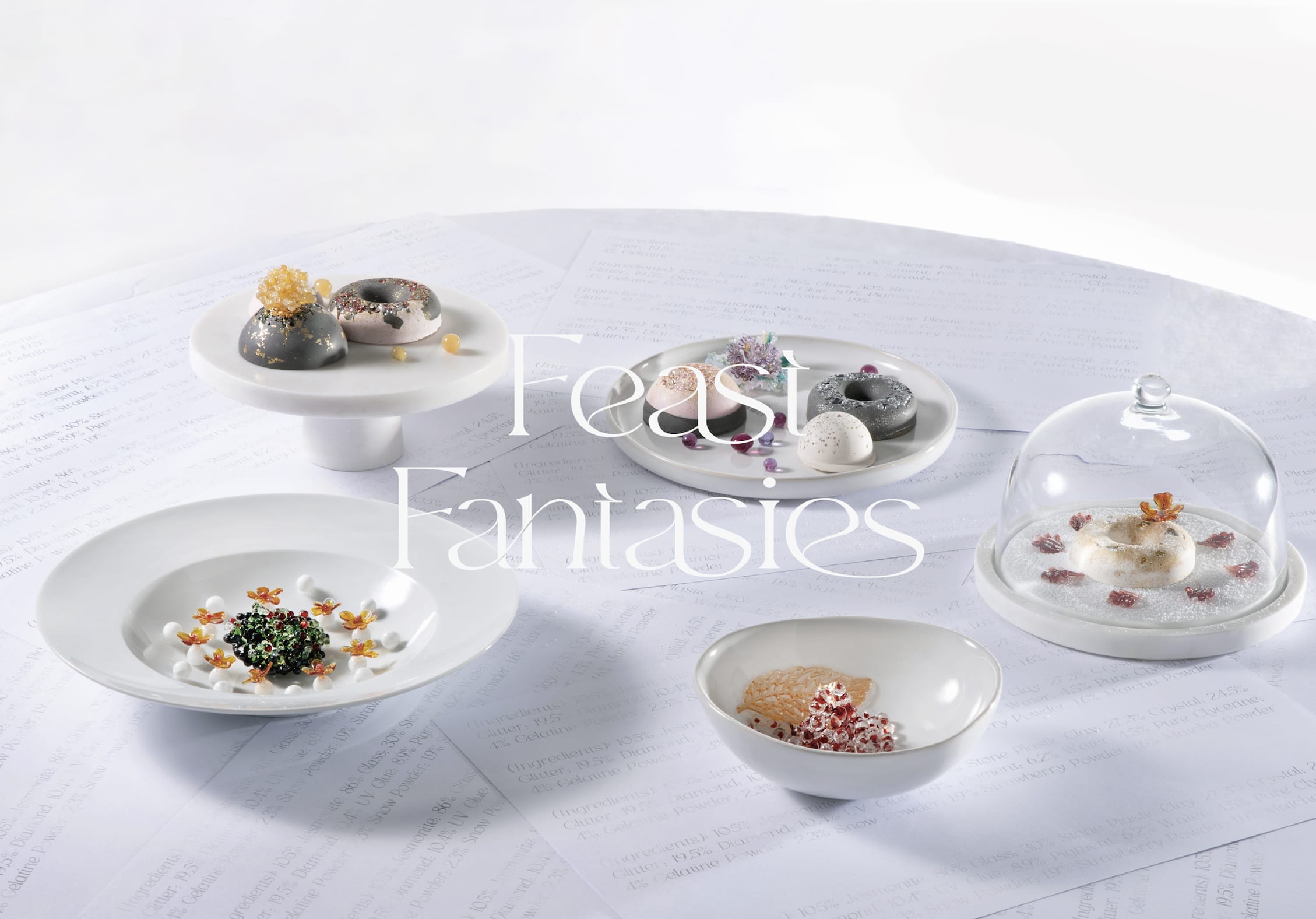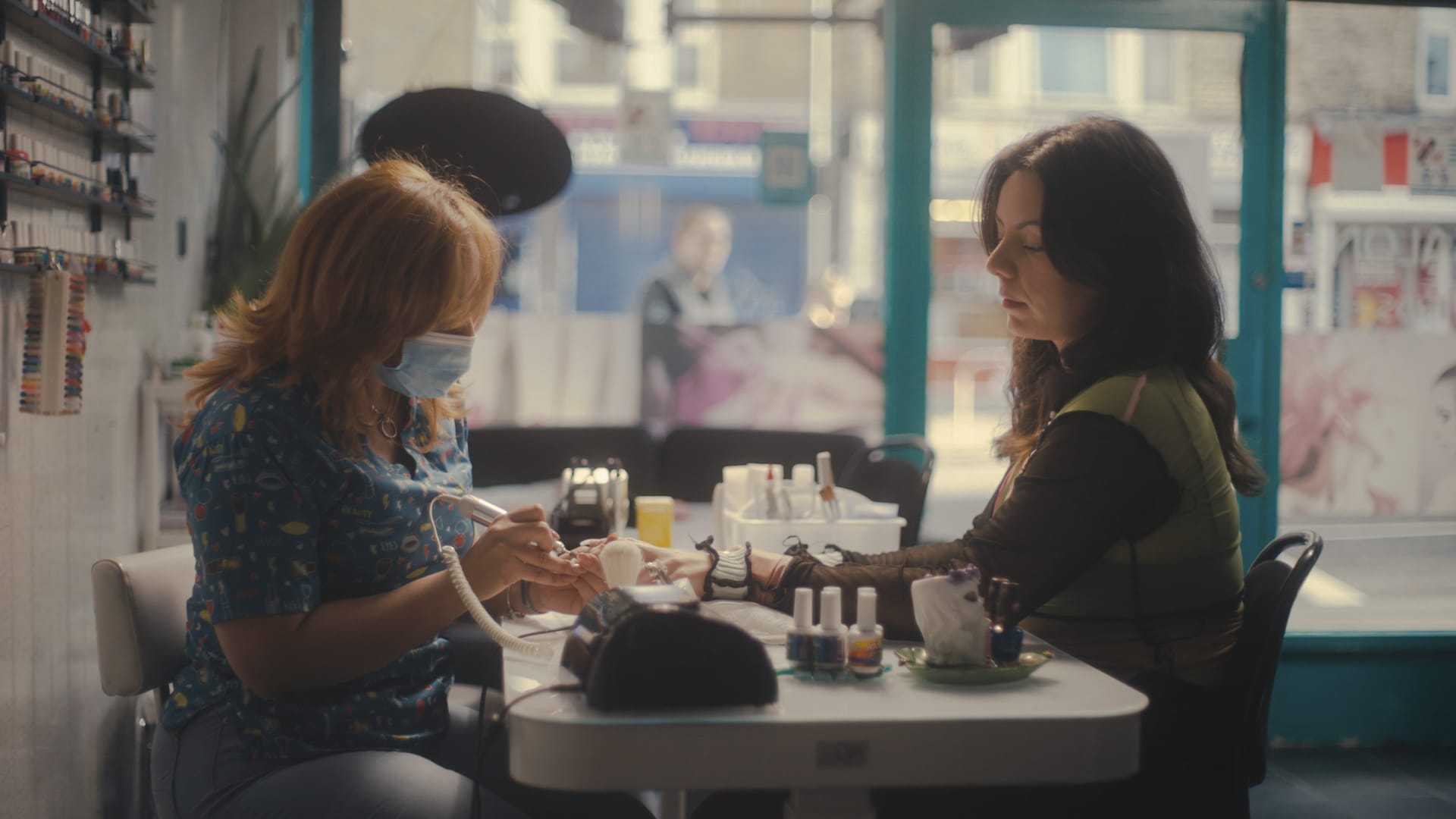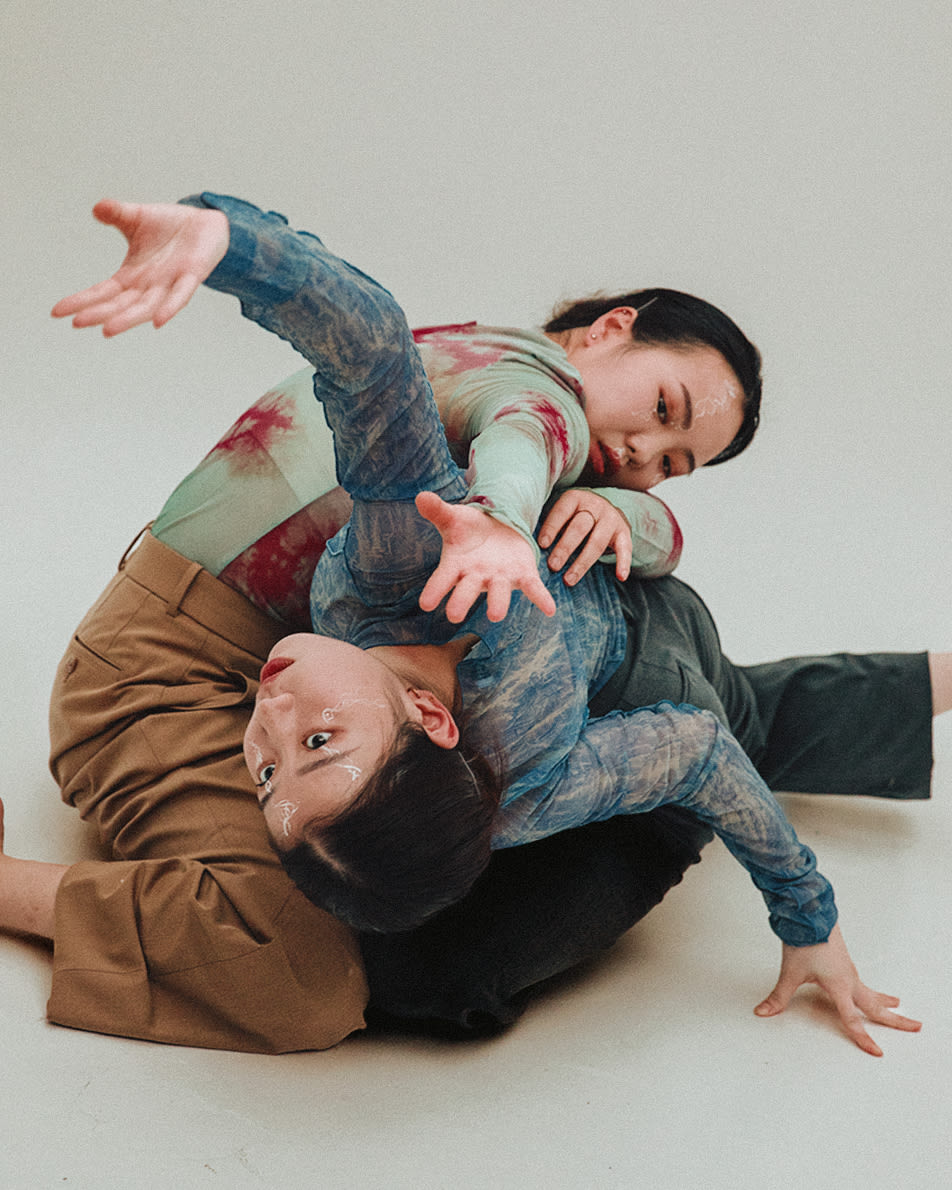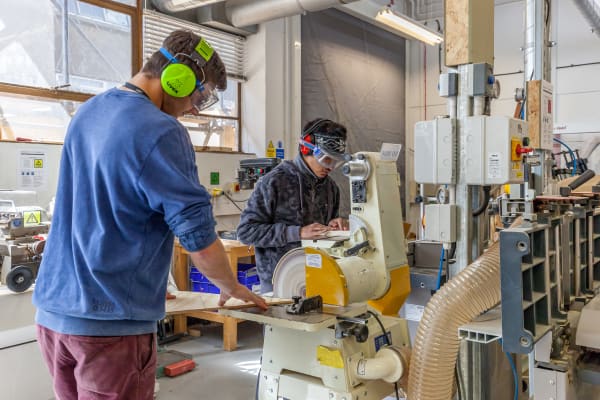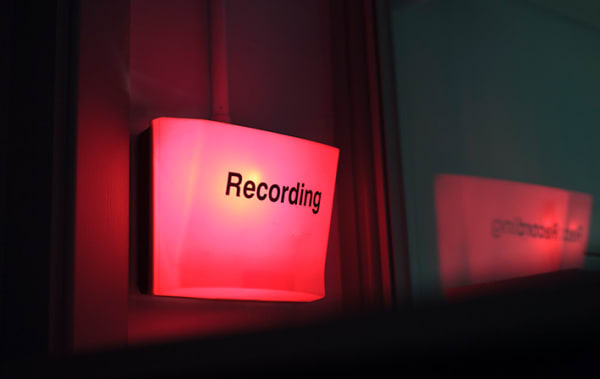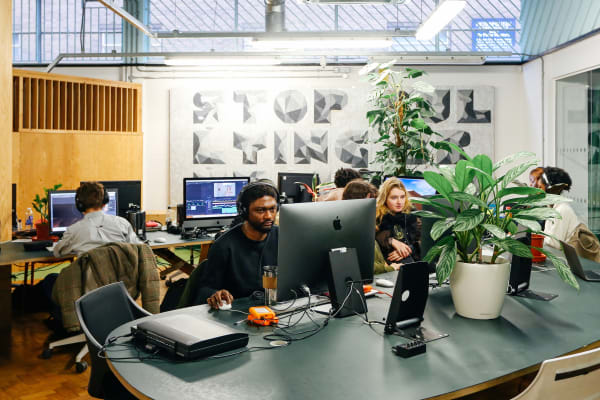Course units
We are committed to ensuring that your skills are set within an ethical framework, and we have worked to embed UAL’s Principles for Climate, Racial and Social Justice Principles into the curriculum and in everything we do.
As part of this initiative, we’ve shaped our courses around social and environmental sustainability principles that ensure learning outcomes reflect the urgent need to equip you with the understanding, skills, and values to foster a more sustainable planet. Our aim is to change the way our students think, and to empower you to work towards a sustainable future.
Each course is divided into units, which are credit-rated. The minimum unit size is 20 credits. The MA course structure involves five units, totalling 180 credits.
Critical Perspectives and Research Methods (20 credits)
This unit equips students with practical and theoretical skills that situate art direction within a broader field of practice, culminating in a designed Literature Review as the end submission.
Defining Design for Art Direction (40 credits)
Within the scope of this unit, students define the meaning of art direction within their own practice through a variety of creative briefs and practical workshops. Producing manifestos, designs, campaigns and showcasing this within an academic portfolio.
Specialist Practices for Art Direction (40 credits)
Students will explore their self-driven ideas, using specialist tools to create unique ways of working within the field of art direction. Working on longer-form briefs, students will develop campaigns that are thoroughly researched and delivered. This unit has an emphasis on emerging digital techniques and play.
Collaborative Unit (20 credits)
This unit builds upon the inherently collaborative nature of the profession. Students explore different ways to collaborate, including interdisciplinary projects within UAL, and live projects working with professional partners and institutions outside of the course.
Final Major Project (60 credits)
The Final Major Project is an opportunity for the student to deploy all of the skills learned throughout the year in a self-directed project. This project will be driven by them and their interests and could be in an area that they wish to continue with upon graduation.
